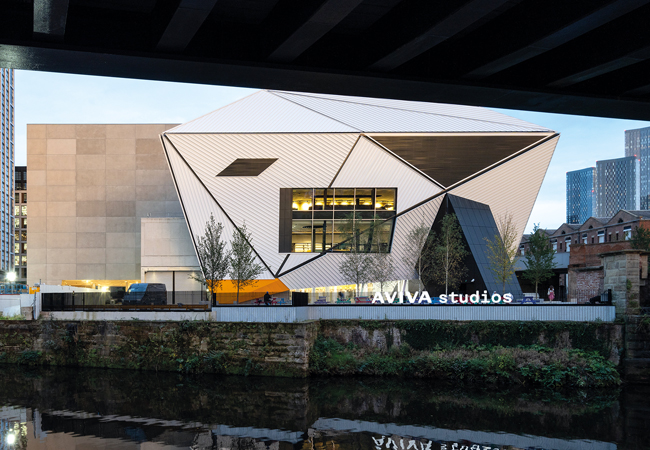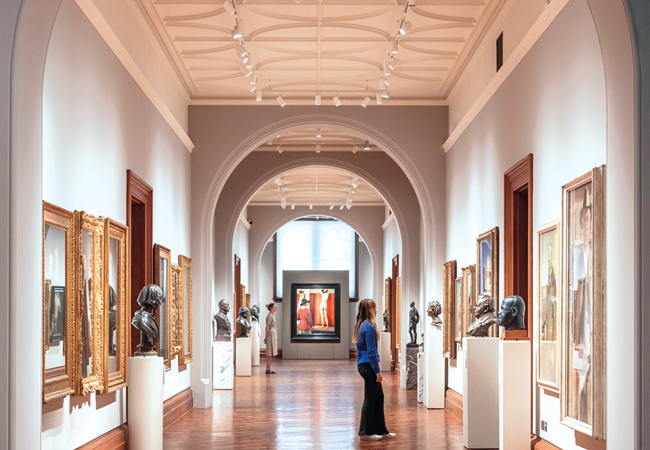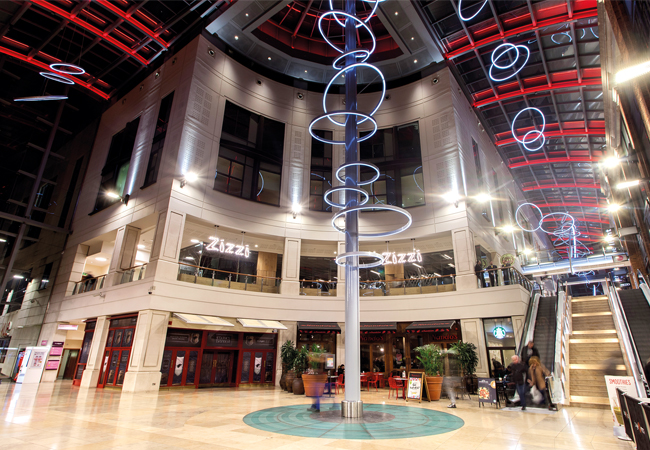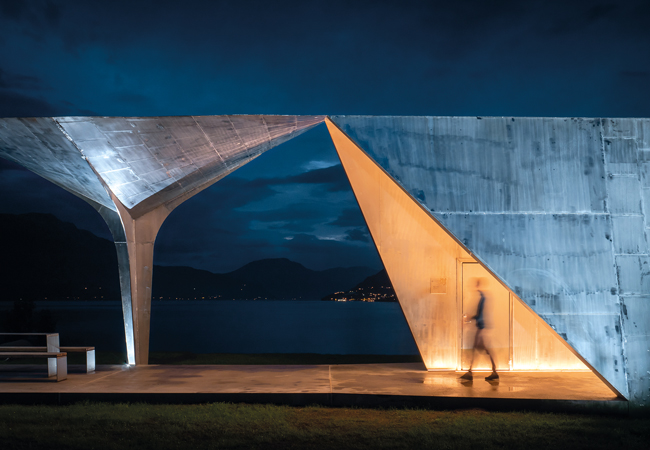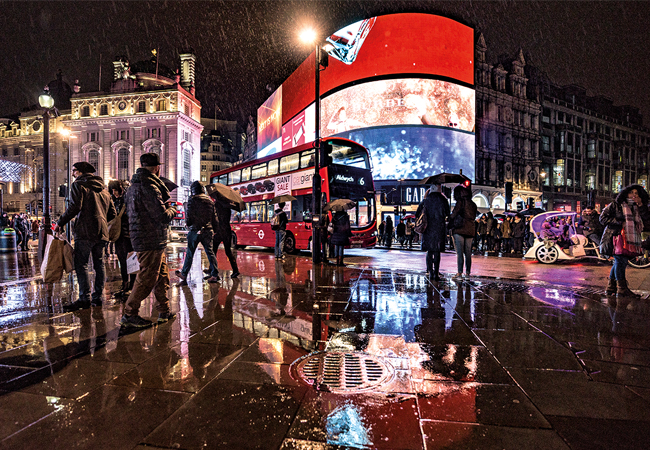
Credit: iStock – eachat
According to the 2016 World Atlas of Artificial Night Sky Brightness, 80% of the world’s population live under skyglow. In the US and Europe, 99% of the public can’t experience a natural night.
‘For three billion years, life on Earth existed in a rhythm of light and dark that was created solely by the illumination of the sun, moon and stars,’ says the International Dark-Sky Association. ‘Now, artificial lights overpower the darkness and our cities glow at night, disrupting the natural day-night pattern and shifting the delicate balance of our environment.’
Not only have we lost the stars, or the greater number of them, but we are damaging the ecosystem and wildlife, harming human health through the disruption of our circadian rhythms, and squandering energy. The sources are many and various: building exterior and interior lighting; advertising signs; security lights; street lights; and illuminated sporting venues.
Obtrusive light
A great deal of outdoor lighting used at night is inefficient, overly bright, poorly directed, inadequately shielded, and even unnecessary. ‘This is an area where guidance is indispensable,’ says Benedict Cadbury, who has finalised the SLL’s first extensive lighting guide in this area, a work substantially completed by former SLL president Liz Peck before her untimely death at the beginning of 2021.
Until now, the SLL Guide to limiting obtrusive light, written by Peter Boyce and published in 2012, was the only guidance available. ‘Nine years on, it is time to expand this into a full lighting guide, with additional material relating to LED light sources, and consideration of how light can affect human and animal circadian systems,’ says Cadbury, who, here, summarises key points from LG 21: Guide to protecting the night-time environment.
Lighting for nature
Liz Peck worked with Bob Bohannon on the award-winning scheme for the Iron Bridge at Telford. In terms of light pollution, this guide could almost have formed a checklist for the project: skyglow; obtrusive light; bat flyways; fish; visitor views; extending the economic day of Ironbridge; curfews; luminance-based design; spectral reflectance and light-source spectral radiation; daytime appearance; glare mitigation through positioning, aiming and louvres; and, finally, an overall lighting impact assessment – all have been included.
Electric light is capable of being harmful not only to humans, but animal and plant species. For humans, glare and flicker are obvious problems. First, flicker does not have to be visible to have an effect; second, many LED lights that operate satisfactorily on full power produce increasing flicker as the driver dims the light source. So, if lights are planned to be dimmed in use – for example, with daylight-linking – the flicker factor/flicker index needs to be ascertained at 50% and 25% output, as well as 100%.
Skyglow might not, at first, be thought of as bad for health, but if it means that city centre dwellers sleep less well because of the lack of complete darkness outside, this clearly has an implication for their wellbeing.
More than half the world’s species are nocturnal, so exterior illumination in or near their habitats can cause problems, particularly if it is in operation throughout the hours of darkness. Bats are at the top of the list, but nocturnal birds – such as owls – suffer; small mammals, such as mice and shrews, rely on darkness to avoid predators.
A significant number of animals and birds are protected in the UK; the Appendix of the guide lists 101 vertebrates in this category. Disturbance of any of these species is illegal, so lighting designers need to consider carefully the effect of an exterior lighting scheme – not just on neighbouring properties, but also on native wildlife. This is especially pertinent on the edge of a built-up area or a greenfield site in the countryside.
Blue light is of particular interest when considering circadian entrainment and the negative effects of electric light on wildlife. In the past, street lights were generally monochromatic sodium; now, LED street lights – generally 4,000K-5,000K – contain a good deal of blue light. A 4,000K LED source typically has a blue-light content of around 33%, whereas a warmer, 2,700K light source has 16%. Blue-rich white light disturbs nocturnal creatures more than warmer, narrow-waveband sources, so it is essential to consider the spectral distribution of a light source in assessing its impact on the natural environment.
The first question has to be whether or not the lighting is necessary or justifiable. Much of it is, indeed, necessary – for example, for safety of movement, security, or work, such as loading vehicles. The next category is ‘desirable’ – for instance, to extend the economic day of a town centre, lengthen the time that leisure facilities can be used, or illuminate landmarks. At this point, the lighting designer and client must make a realistic assessment of the negative effects to weigh against the benefits.
There is a tendency to think that more or brighter lighting is better. If a private client or hotel asks for a garden to be lit, it is far more effective to light a few well-chosen focal points rather than flood the whole space with uniform illuminance. Of course, safety considerations mean that steps and the edges of any water features need accent lighting, but this can be local and discreet.
There is no reason to exclude external lighting altogether. Clients frequently want features lit on winter evenings, which might mean 4-9pm. A lighting impact assessment might well conclude that, with a curfew at 9pm, the entire scheme would be acceptable, whereas – if it was to run to midnight – a restriction on the number of luminaires and/or their lumen output would have to be imposed. The guide offers practical advice and useful suggestions, drawn from the author’s extensive experience. Good-practice examples are given and there is a checklist of considerations before a lighting scheme is submitted for planning permission.
Humans are a diurnal species, but we have the tools to turn night into day. The power to use these tools should be employed wisely. Not every building needs lighting, not every surface needs to be lit, and we should be cognisant of the impact of any light that escapes the confines of our projects.
More information
Lighting Guide 21: Guide to protecting the night-time environment, primarily written by Liz Peck and finalised by Benedict Cadbury, is now available at www.cibse.org/knowledge
References:
1 2016 World Atlas of Artificial Night Sky Brightness, Falchi et al, Sci Adv, Jakob Grothe/NPS contractor, Matthew Price/CIRES
About the author
Benedict Cadbury is a lighting design consultant at Lampholder Lighting Design



